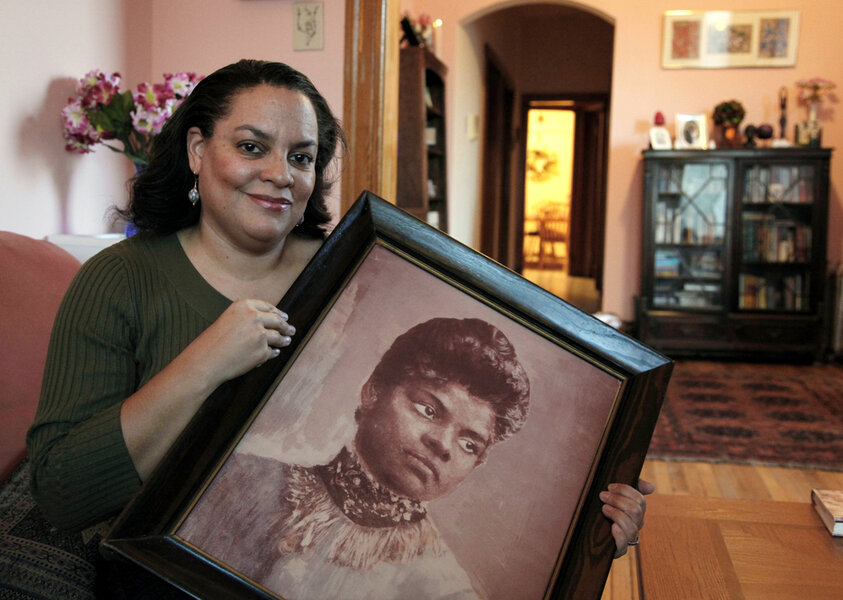A light of truth on racial violence
Loading...
Last Tuesday, Georgia Gov. Brian Kemp watched a newly released video of the killing of an unarmed black man outside Brunswick, Georgia, last February. “Follow the truth,” he then told state investigators. It was a simple command, yet one with a powerful legacy in the United States for improving racial justice.
Two days later, the investigators arrested two white men, charging them with the murder of Ahmaud Arbery, who had been jogging in a suburban neighborhood. Both the video and the arrests help undercut the claims of the two men that they had acted legally to stop a burglar. A grand jury will take up the case in June.
Just the day before the governor gave his command, a Pulitzer Prize was awarded posthumously to Ida B. Wells, a journalist whose reports on lynching in the 19th and early 20th centuries eventually led to the end of that heinous practice. The award, coming 89 years after her death, was long overdue. Yet it is a timely reminder of the ongoing need for her kind of rigorous truth-telling in racial crimes.
A black woman born into slavery, Wells used her newspapers in Tennessee to document the lynchings in the South and to expose the myths that justified them (to “shield” white women from being raped by black men). She revealed that fewer than one-third of lynchings involved any allegations of sexual offenses.
Her reporting cut through the evil of such acts in a way that forced many Americans to embrace the sanctity of all life and the equality of all races. “The way to right wrongs,” she wrote, “is to turn the light of truth upon them.”
Her journalistic crusade against lynching began in 1892 after friends of hers were lynched in Memphis. “I felt that I owed it to myself and my race to tell the whole truth,” she stated.
Until recently, Wells was often overlooked in American history. Yet her pioneering work as an investigative reporter has received more attention as the U.S. deals with cases of white-on-black violence, such as the recent shooting in Georgia.
These days, the prevalence of video cameras provides the kind of evidence that took days for Wells to uncover. But the effect on justice is often the same. As she herself put it, “Truth is mighty and will prevail.”







